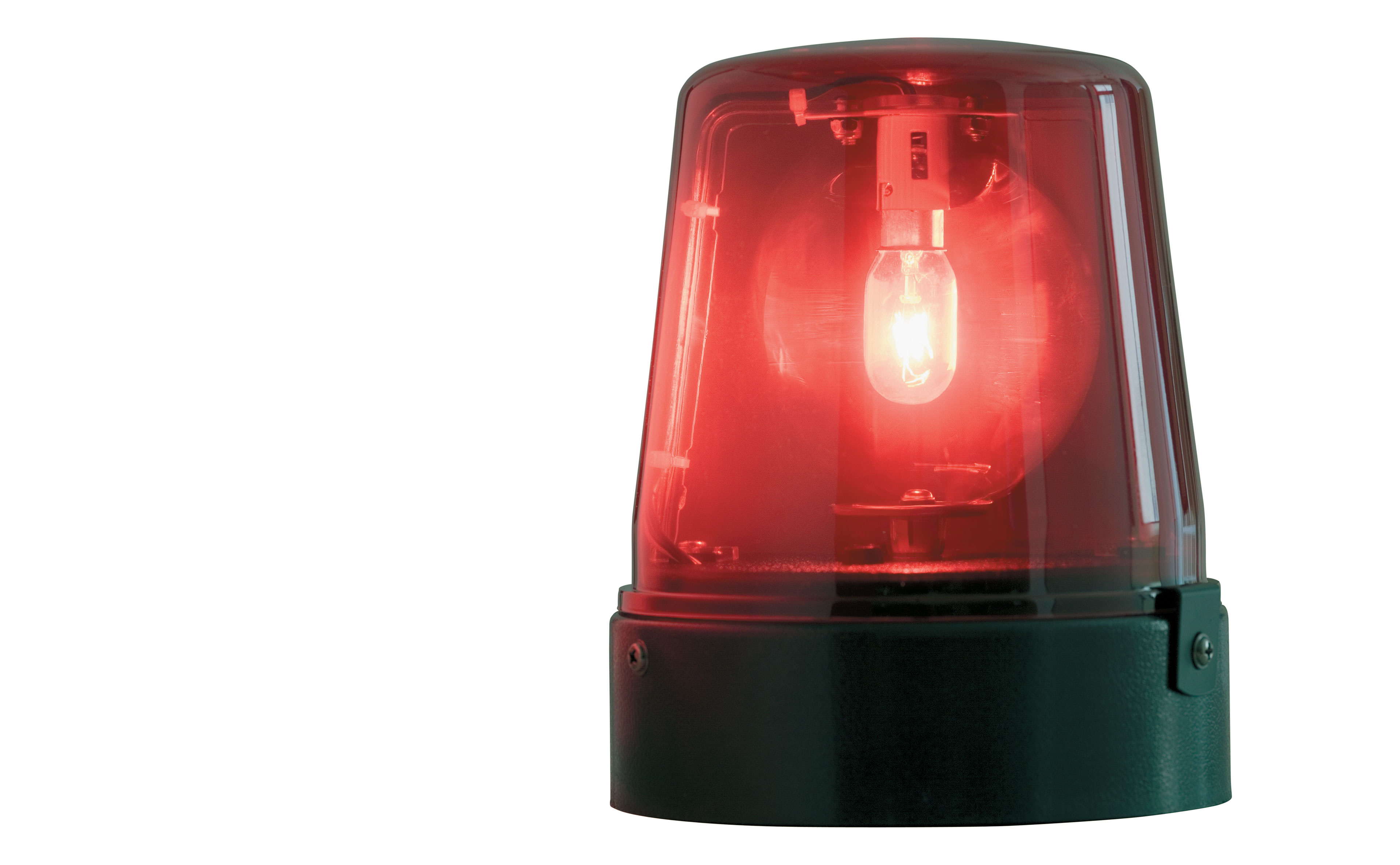
Meetings Memo: Disaster Management
How to plan for the unexpected at your next event by having a solid disaster management system in place.
Recent events like the Moore, Oklahoma, tornado and the Boston Marathon bombing have highlighted the need for association meeting planners to have thorough, up-to-date disaster and crisis communication plans ready to go in case quick adjustments or cancellations are required.
Think out loud. Set up a communication system. Get venues and vendors involved. Share the plan.
Take the Ambulatory Surgery Center Association: Its annual meeting in Boston was scheduled to begin two days after the bombing—in an area only a few blocks from the explosions. ASCA’s Executive Director William Prentice credits proactive convention center and hotel staff as well as timely and constant communication with attendees and speakers for allowing the meeting to go on pretty much as scheduled.
“We were being as transparent as possible with our attendees and exhibitors to let them know what we were thinking, and what our decisions were based on—so not to just tell them what we decided but tell them how we decided so that they knew we had their best interest in mind,” he said in an interview on AssociationsNow.com.
Here are four things to consider when developing a disaster management plan for your next meeting or event:
Think out loud. No one wants to think about the worst that could happen, but do play out worst-case scenarios with key staff members to determine what your course of action would be.
Set up a communication system. Create a calling tree, identify who has authority to make decisions, and establish a sequence of communications. Make sure you have multiple ways to contact people in case of an emergency.
Get venues and vendors involved. Don’t be afraid to ask convention centers, hotels, and other venues early on about what contingency plans they have in place. You want to be sure your staff and attendees are as safe as possible.
Share the plan. Once the plan is developed, share it with everyone who needs to see it. This could include staff, vendors, and your board. Just as important: Train staff on the plan annually.






Comments